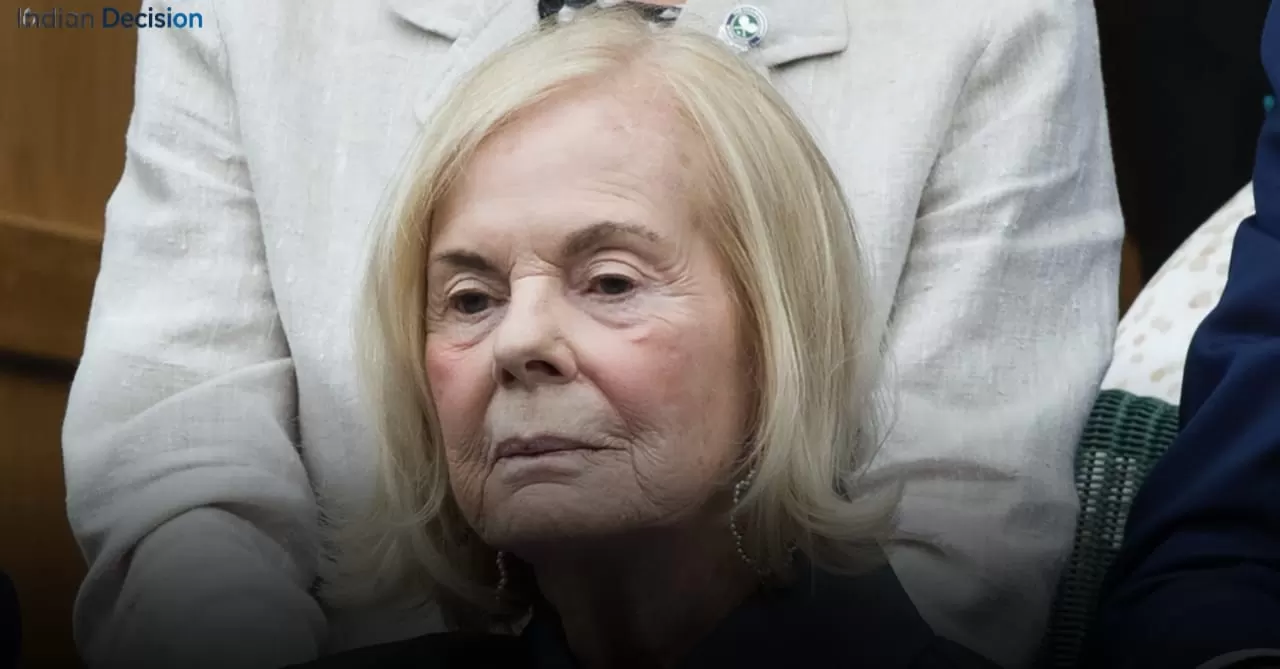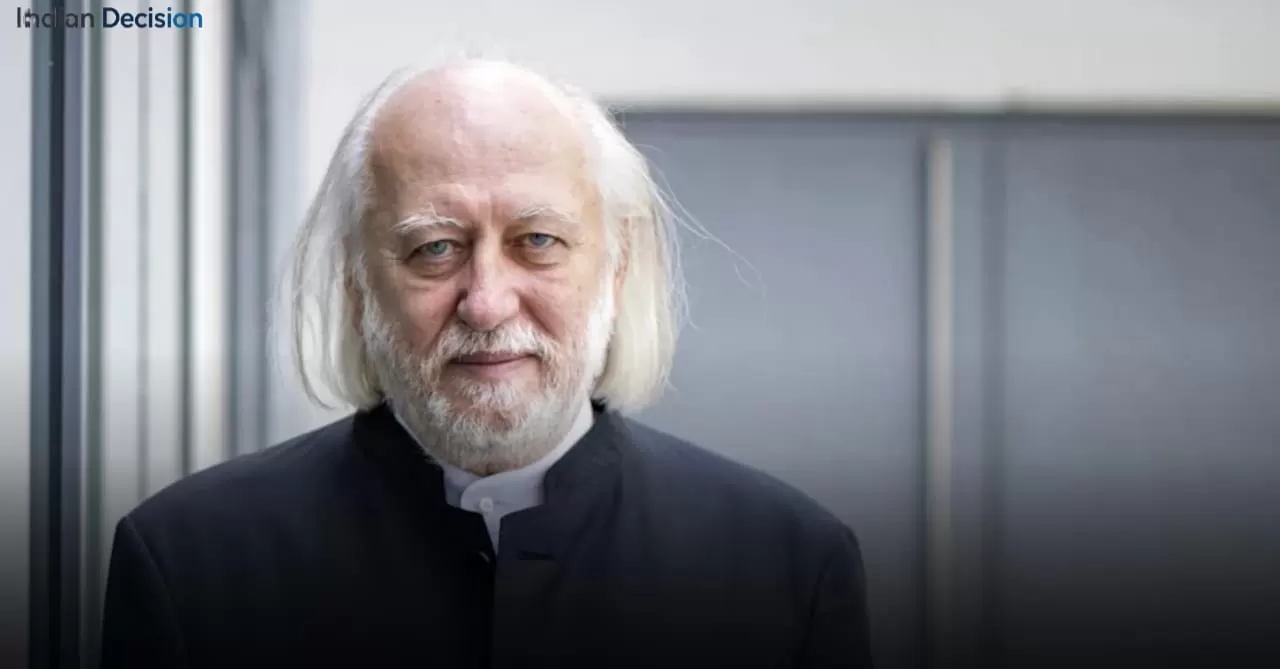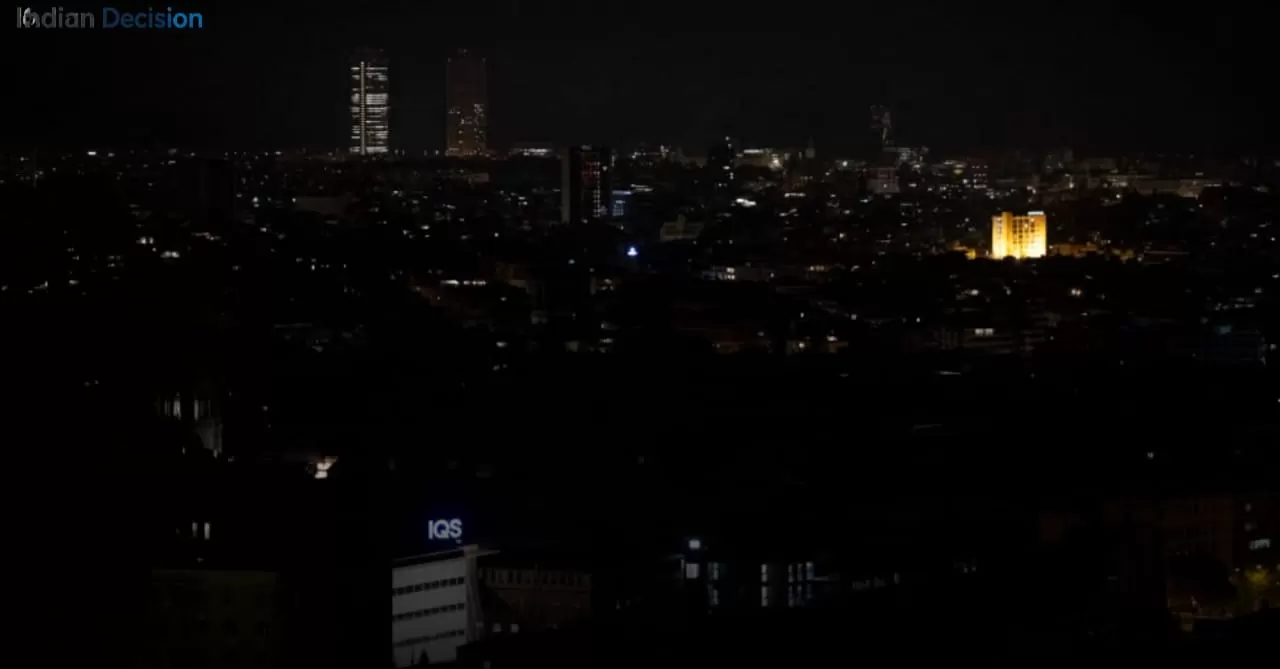Duchess of Kent: Life, Legacy and Modern Relevance
The Duchess of Kent has long fascinated royal watchers in Britain and abroad. For decades, she has been part of the public face of the monarchy, balancing tradition with a quiet, understated presence. While the Duke of Kent often carried out ceremonial duties, the Duchess of Kent carved her own unique path. To understand who is the Duchess of Kent is to look at a story that intertwines family duty, public service, and personal conviction.
- The Duchess of Kent married into the royal family in 1961.
- She became widely known for her interest in education and music.
- She stepped back from most royal duties in the early 2000s.
- Her decision to live more privately has sparked continued curiosity.
The Duchess of Kent Highlights & Key Moments
- 1961: Marriage to Prince Edward, Duke of Kent.
- 1960s–1990s: Regular appearances at royal ceremonies and state functions.
- 1992: Conversion to Catholicism, a significant personal and religious decision.
- 2002: Withdrawal from public life to focus on teaching and charity work.
- Ongoing: Continued support for music education through private initiatives.
How to Watch the Duchess of Kent Live
Unlike senior working royals, the Duchess of Kent does not regularly appear in televised royal ceremonies today. However, archival footage of her earlier public role can be found on the BBC archives and various documentaries on the British monarchy. For those interested, official royal websites and broadcasters occasionally share historic coverage. Some clips are available on platforms such as the BBC and YouTube channels dedicated to royal history.
Analysis & Context
The Duchess of Kent’s life represents a turning point in how members of the extended royal family balance duty with personal choice. Unlike her husband, the Duke of Kent, who remained active in ceremonial roles, she stepped away from public duties to teach music in a primary school, living almost like any other citizen. That decision drew both admiration and surprise. It highlighted the growing complexity within the monarchy, as not all royals fit the mold of constant visibility. As Reuters has often noted in coverage of royal matters, the institution itself evolves with each individual choice.
Historical Context of the Duchess of Kent
Early Developments
The Duchess of Kent was born Katharine Worsley in 1933, into a family with a long history in Yorkshire. Educated at Queen Margaret’s School, York, she later trained at Runton Hill School in Norfolk and at Miss Hubler’s finishing school in Oxford. Before her marriage, she lived a life relatively far from the royal spotlight. Her wedding to Prince Edward, Duke of Kent, in 1961, changed that trajectory entirely. Suddenly, she was thrust into the daily life of the monarchy.
From the start, she embraced her royal role with grace. She quickly became a familiar face at state banquets, Trooping the Colour ceremonies, and official tours abroad. Those early years cemented her place within the royal household as both supportive spouse and independent personality.
Major Milestones
Perhaps the most defining moment in her life came in 1992, when she converted to Roman Catholicism. This was a bold step, as royal tradition and law had long been closely tied to the Church of England. Her decision underscored her strong personal convictions, earning her respect from many who valued authenticity over protocol.
By the early 2000s, she chose to step away from royal duties. Unlike many of her contemporaries, she preferred to live quietly, dedicating herself to teaching music at a primary school in Hull. The move surprised observers but also reinforced her image as a down-to-earth royal, someone willing to step aside from grandeur in favor of personal fulfillment.
Impact on Local Communities
The Duchess of Kent’s withdrawal from the public gaze had a notable effect on communities where she worked. As a music teacher, she directly influenced the lives of children, encouraging them to find confidence through the arts. Unlike many royals, her impact was deeply personal rather than symbolic. Parents often spoke about her commitment to students, recalling how she insisted on being treated like any other teacher rather than a royal figurehead.
Expert Reactions & Commentary
Local Experts
Dr. Susan Black, a historian specializing in British monarchy studies, described the Duchess of Kent as “one of the most quietly influential figures of her generation. By choosing a life outside of the constant royal gaze, she set an example of humility and service that resonated far beyond the palace walls.”
International Observers
Commentators abroad often draw parallels between the Duchess of Kent and other royals who stepped back from official duties. In a global context, her decision foreshadowed similar moves seen in younger generations, sparking debates on the evolving role of monarchy worldwide.
International Perspective
In Europe, similar examples can be found in countries like the Netherlands and Belgium, where royals have redefined their roles in public life. International media often place the Duchess of Kent’s decision alongside these shifts, arguing that her quiet step back in the early 2000s anticipated broader changes in royal institutions. For a deeper comparison of global monarchies, readers can consult coverage by The Guardian, which often explores how royal families adapt to modern expectations.
What Comes Next for the Duchess of Kent
At 92 years old, the Duchess of Kent now lives a largely private life, rarely seen at public events. While she no longer plays a formal role in the monarchy, her story continues to be referenced whenever the question of “who is the Duchess of Kent” arises in public discourse. Looking forward, her influence will likely remain symbolic: a reminder that even within the most rigid institutions, individuals can choose their own path.
FAQs on the Duchess of Kent
Who is the Duchess of Kent?
The Duchess of Kent is Katharine Worsley, who married Prince Edward, Duke of Kent, in 1961. She is known for her public service and later for her private teaching career.
What role did the Duchess of Kent play in the royal family?
She attended royal ceremonies, represented the monarchy abroad, and supported charities, especially in education and music.
Why did the Duchess of Kent step back from public duties?
She chose to lead a private life and focused on teaching music at a primary school, a decision rooted in personal fulfillment.
How is the Duchess of Kent related to Queen Elizabeth II?
Through her marriage to the Duke of Kent, a first cousin of Queen Elizabeth II, she became part of the extended royal family.
What was significant about her conversion to Catholicism?
Her conversion in 1992 marked a major personal step, as it was unusual for a senior royal to leave the Church of England.
Does the Duchess of Kent still appear in public?
She rarely appears at public events today, having retired from royal duties, though she remains a respected figure in the monarchy’s history.
What is her legacy?
Her legacy lies in balancing royal duty with personal conviction, showing that humility and authenticity can redefine what it means to be royal.
Conclusion: The Duchess of Kent’s story illustrates a life that blended public duty with private conviction. For more insights into royal lives and ongoing updates, follow our coverage online and on our social media channels.







